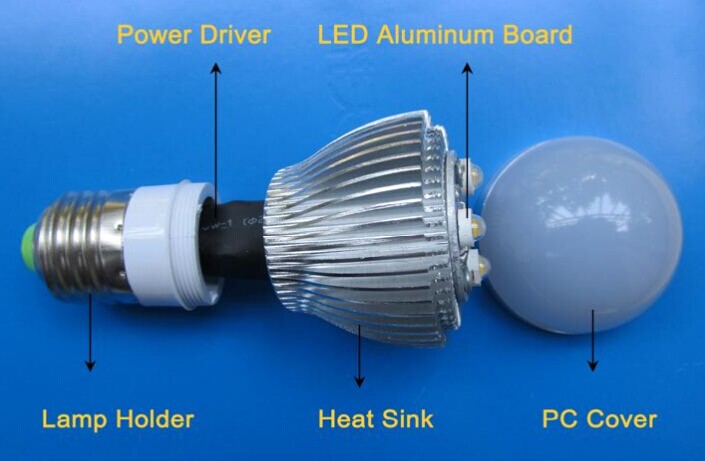After years of work, LED lighting company have finally achieved their goal of producing a good replacement for the common 60-watt incandescent bulb.
Cree earlier this week released a bulb that mimics the light and shape of the conventional incandescent with aggressive pricing, ranging from just under $10 for a 40-watt equivalent to just under $14 for a 60-watt equivalent. (See, Cree Introduces an LED Bulb Edison Would Love.) But Cree is joining many other LED lighting companies targeting consumers. With inefficient traditional incandescent bulbs being phased in many countries, there is a lot of competition.
For the consumer, the main benefits of
LED lighting fixtures are clear: they’re energy efficient, can last for more than 20 years and, in many cases, give off good light. The prices have gone down steadily as well as the LED components have dropped in price and lighting companies introduce better designs. We’re now at the point where a number of companies are producing all-purpose LED bulbs with a full range of brightness. Now the question is: how do you distinguish between them? Here are some things to consider. LED light bulbs are even more efficient to run than CFL bulbs and are just as affordable. In addition, LED lights contain no harmful materials and provide the same amount of light as a 60-watt incandescent, using up to 85 percent less power. This helps you save on your electricity bill without compromising on the amount of light. On this site, you will find articles about LED lighting as well as reviews of the best LED light bulbs, including the Cree 9.5-Watt LED Light Bulb, the Philips LED 425264 and the G7 Power Incline LED.

When you're shopping for an LED light bulb, it's important to find one that provides the amount of light you need, as well as the color of light you like. You'll also want to consider how the light emits from the bulb, and the dimensions of the
LED bulb base.
Energy Specifications
A standard 60-watt incandescent bulb puts off about 800 lumens. The more lumens, the brighter the light shines. LED light bulbs provide many lumens for fewer watts compared to incandescent bulbs. Since this is the case, it's better to find a bulb that has low wattage but high lumens because it will save you on your energy bill.
You also want to buy an LED light bulb that offers a long lifespan. Most LED lights last up to 22.8 years, or roughly 25,000 hours. The Lighting Facts label on the package shows how long the manufacturer claims the bulb will last as well as the amount of money it costs per year to run. These numbers are based on the industry standard of using the light for three hours per day each day of the year.
Bulb Characteristics
The dimensions of LED bulbs are similar, but not quite the same as a standard incandescent bulb. The average diameter and length of these LED lights is similar to that of incandescent bulbs but varies depending on the model. LED lights can also be heavier than incandescent bulbs, so you'll want to be sure that your light fixture can support the extra weight.
You can't enclose most LED light bulbs in a light fixture because heat decreases the life of the light bulb. If you plan to use your LED light bulbs outside, you'll first want to verify that they can withstand damp outdoor conditions. If you want to dim your lights with an LED light bulb, you'll need to have one that the manufacturer has specifically designed to perform as a dimmer.
Beam spread is another thing to consider. While incandescent lights put off light in all directions, many LED lights are designed to send their light in one direction. The best LED light bulbs that are comparable to 60-watt incandescent bulbs are omnidirectional, distributing the light around the bulb as well as from the top.


